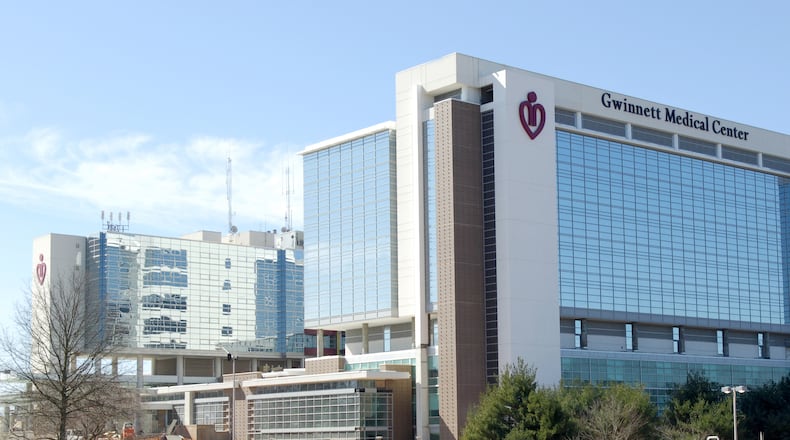Northside Hospital and Gwinnett Health System (the parent of Gwinnett Medical Center) recently announced that they have submitted their proposed merger agreement to the State of Georgia Office of the Attorney General for review and approval. Depending on the review process, the five-hospital Northside-Gwinnett Health combined system could be operational in early 2018.
Northside Hospital and Gwinnett Health System previously announced that they had signed a letter of intent to begin discussions to combine their operations. Both systems have taken the necessary time to conduct this process carefully and deliberately. The primary due diligence and planning process has concluded and the systems are moving forward with the proposed merger.
Anchored by Northside Hospital in Sandy Springs and Gwinnett Medical Center in Lawrenceville, the new health system also will include hospitals in Canton, Cumming and Duluth, as well as cancer treatment centers, imaging centers, urgent care centers and other outpatient locations throughout the state. Altogether, the Northside-Gwinnett combined system will have 1,479 beds, nearly 21,000 employees and 3,500 physicians on staff.
Schools may get funds for more nurses
Medicaid may be under assault in Washington, but Georgia’s top education agency hopes to tap into that federal fund to more than double the state’s number of school nurses.
In support of the Georgia Department of Education, the state Department of Community Health board recently voted to approve a nursing services reimbursement program that would draw an estimated $48.6 million in additional federal money, assuming no major changes come to Medicaid.
There were 1,629 nurses and 307 unlicensed health care and clinic workers in Georgia schools last spring.They are the only medical workers some students see, especially in rural areas where hospitals have closed and doctors are scarce. School nurses provide routine and preventive screenings and examinations, diagnoses of health problems and monitoring and treatment of chronic conditions. That help can be critical to keep students on track in school.
The money is available as a subsidy to schools that already provide such care to students who qualify for Medicaid services, generally those from lower-income households.
“Hopefully, this would expand access to health services for more children across the state, ” said Garry McGiboney, an administrator in the office of state Superintendent Richard Woods, who worked on the proposal.
This is a matching program for money the state already spends on nurses, about $35 million a year allocated to each school district based on the Quality Basic Education formula. Districts could see more than twice as much in nurse funding if they are willing to abide by the program’s regulatory restrictions and paperwork requirements.
The money is conditioned upon approval by the federal government’s Centers for Medicare and Medicaid Services. The state worked closely with that agency in developing the proposal, so it should come as no surprise to them, said McGiboney, who doesn’t anticipate problems with final approval. “But, ” he added, “you never know.”
For whatever reason, more students are coming to school with chronic conditions, like asthma, or undiagnosed problems, such as impaired hearing or vision, that can interfere with learning, said Lisa Morrison, the lead nurse for Glynn County Schools on the Georgia coast. Her district can afford to put a nurse in every school, but many cannot. She knows of at least one with as few as one nurse for every three schools.
“How do you decide which school to go to first?” asked Morrison, president-elect of the Georgia Association of School Nurses.
Parents, particularly in rural areas without public transit, may not have a way to get their kids to a doctor or the freedom to get away from work when one of the handful of doctors in the area has office hours, she said. By putting more nurses in the schools where students already are, this federal funding could give more children the medical attention they need.
The funding could come early in the fall semester, though the timing is uncertain. The program will go into effect as soon as the federal government approves it.
The money has been on the table for an unspecified period of time. It came to light last spring when the state education department asked the community health agency if it was accessible by the state. A joint effort to get it ensued.
This request for additional Medicaid dollars comes as lawmakers in Washington discuss cutbacks to the program. None of the state officials involved were willing to speculate about how that might affect the additional revenue projection for Georgia.
Another challenge if the money comes through: finding about 2,000 additional nurses, especially in rural areas, where medical personnel, not to mention teachers, are already difficult to recruit.Morrison, the Glynn County nurse, blamed relatively low pay in schools.
“In many school systems there’s a shortage of salaries, ” she said.
Morrison said it’s unclear whether this program can change that.
About the Author
Featured
